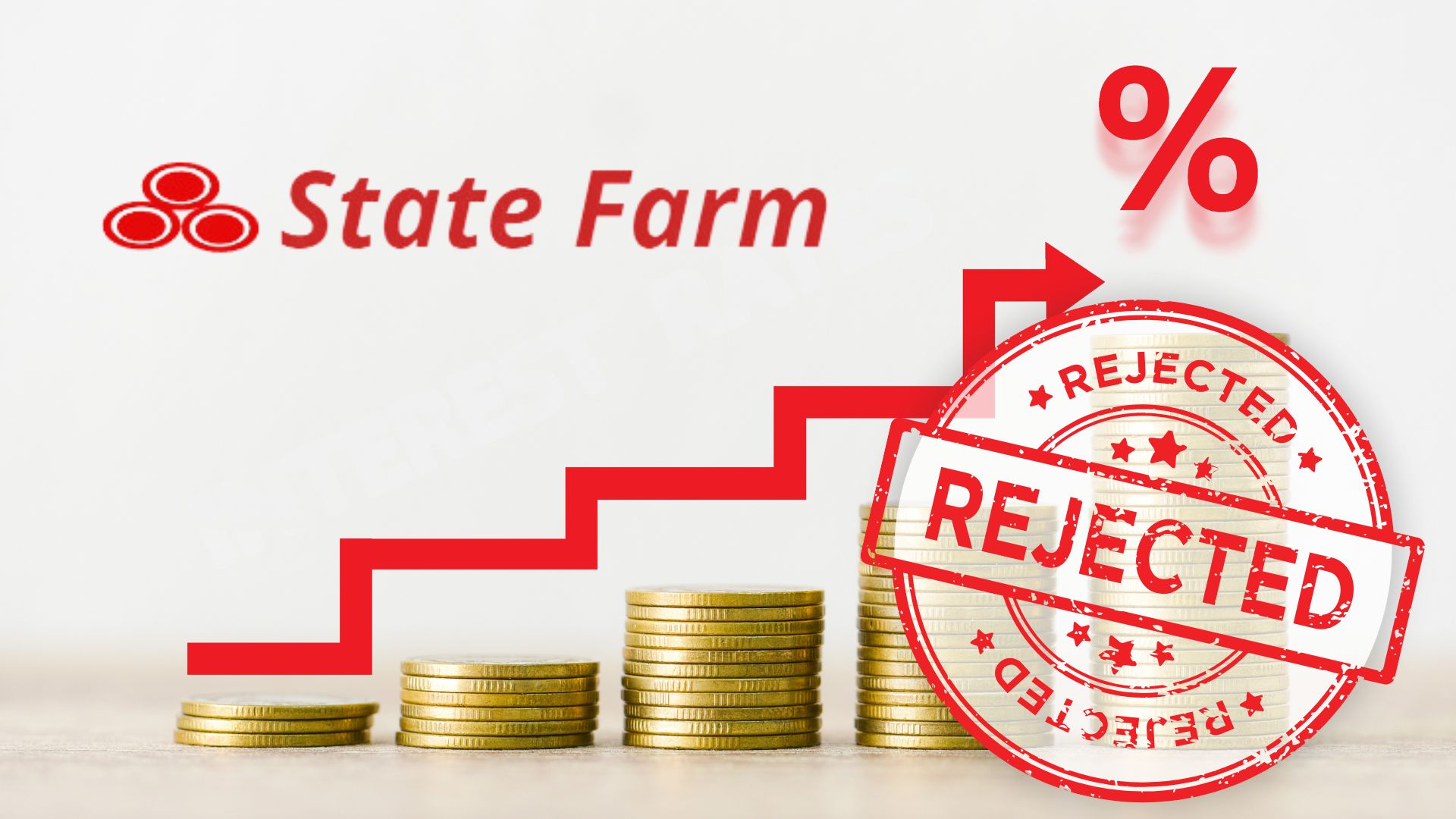California Insurance Commissioner Rejects Rate Hike Amid Consumer Concern
California Insurance Commissioner Ricardo Lara has rejected a proposed 22% emergency rate hike for home insurance requested by State Farm General Insurance Company. The decision came after the company failed to provide evidence proving the increase was necessary and could not explain how the additional revenue would address its prior decisions to stop writing new policies in the state and not renew existing ones.
Lara’s letter to State Farm underscored his commitment to protecting policyholders from unnecessary financial burdens while voicing concerns over the lack of transparency. He wrote, “My goal is to make sure policyholders do not have to pay more than is required. State Farm’s customers need real answers about why they are being asked to pay more and what responsibility the company’s leadership is taking to get its financial house in order.”
State Farm, which is California’s largest home insurer, argued the higher rates were needed to bolster its financial position after the devastating Los Angeles wildfires, citing more than $1 billion already paid in claims. However, Lara emphasized the need for further documentation, leaving consumers caught in the middle of an increasingly volatile insurance market.
The Impact of the Los Angeles Wildfires on Home Insurance
The January 7 wildfires that swept through Los Angeles caused immense destruction, leaving a financial toll on both homeowners and insurance companies. State Farm disclosed it had received 8,700 claims linked to the fires, with damages estimated to reach $6.5 billion before accounting for reinsurance payments.
The fires are part of a troubling trend for California, where wildfires have escalated in frequency and intensity over the last decade. This ongoing crisis has significantly strained the state’s already-fragile insurance market.
For many homeowners in high-risk areas, the reality of living with wildfire threats has grown more complicated. Insurers are less willing to operate in regions prone to natural disasters, citing high costs and financial risks. Last year, State Farm stopped issuing new property policies and announced it would not renew 72,000 existing policies. Now, with the rejection of the emergency rate hike, questions remain about how insurance costs will evolve for Californians in fire-prone areas.
Why State Farm Says the Rate Hike is Essential
State Farm defended its proposal, saying it was a necessary step to replenish the company’s capital reserves. The company pointed out that over the past nine years, State Farm General had incurred losses totaling $2.8 billion, even after considering investment gains. These financial challenges were compounded by a ratings downgrade from AM Best in 2022.
Yet, consumer advocates and state officials have argued that the company’s parent group, State Farm Mutual, which holds a superior financial rating, could better support the California subsidiary. Advocacy groups, including Consumer Watchdog, have called for formal hearings to examine State Farm’s financial records and explore alternative solutions.
For consumers, the rejection of the emergency rate hike offers short-term relief. However, it raises broader concerns about whether such financial challenges will lead to further market constraints, such as fewer options and higher premiums for California homeowners down the line.
The Broader Implications for Homeowners in California
While State Farm’s request may have been declined, the issues it highlights remain very real for California homeowners. Escalating wildfire risks have created a ripple effect throughout the insurance industry, making it harder for residents to secure affordable and comprehensive coverage.
State regulators have introduced legislation to mitigate these challenges, with measures that include tax-free grants for fireproofing homes and reforms to ensure claims are processed without excessive red tape. Still, the path forward requires balancing the interests of residents, insurance companies, and lawmakers to stabilize a market fraught with uncertainty.
What Can Homeowners Do to Protect Themselves?
Navigating these challenges may feel overwhelming, but there are steps homeowners can take to better protect themselves. First, it’s essential to thoroughly review your current policy to understand what it covers—and what it doesn’t—especially in the event of natural disasters like wildfires.
You might consider speaking with your insurance provider about available discounts for making your home more fire-resistant, such as installing fireproof roofing or maintaining defensible space around your property. Incentives or grants may even help offset the costs of such upgrades.
It’s also a good idea to explore alternative coverage options. If your current insurer is scaling back operations in your area, you can look into the state’s FAIR Plan, which offers basic property insurance for high-risk areas. However, be aware of its limitations and consider purchasing additional coverage if needed.
Lastly, document your valuables. Create an inventory of major possessions with photos or videos to simplify the claims process if disaster strikes. Preparing for the worst-case scenario can make recovery a little less daunting.
Looking Ahead
The intersection of climate-related risks and the insurance industry is creating new challenges for Californians. While the rejection of State Farm’s emergency request offers temporary relief to policyholders, it also underscores the urgent need to rethink how the state approaches property insurance in wildfire-prone regions.
At the heart of this issue is the shared responsibility of homeowners, insurers, and lawmakers. Together, they must find sustainable solutions that prioritize safety, affordability, and resilience in the face of an increasingly unpredictable environment. For individual homeowners, the best course of action is to stay informed, take proactive steps to protect their properties, and keep the lines of communication open with their insurers.


